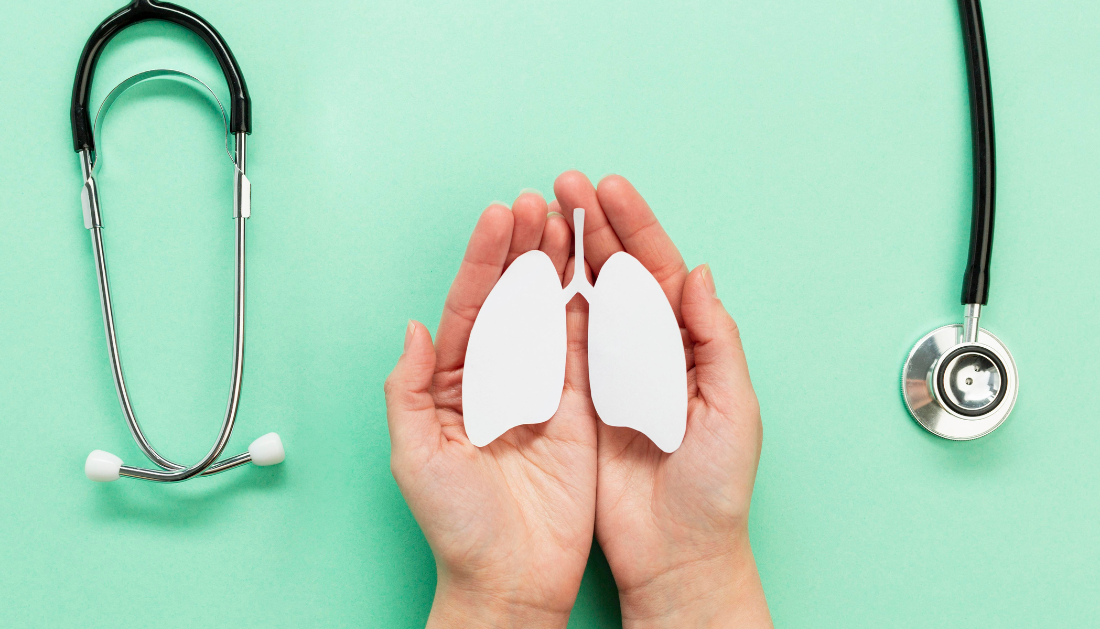

Each person has a different anatomy, thus the form of their heart cavities and the angle at which the pulmonary veins enter them are not always the same. Recent studies conducted by UPF and the Côte d’Azur University-affiliated Inria Epione research institute have examined how these anatomical traits affect patients with atrial fibrillation, the most common form of arrhythmia and one of the primary causes of thrombi, in terms of their chance of developing thrombi in the heart.
The study shows that the form of the heart compartments, and particularly the angle at which the pulmonary veins reach the left atrial appendage—a tiny, ear-shaped cavity located in this region of the heart—influences the risk of blood clots in this group of patients. A recent study in the journal Scientific Reports details these conclusions.
Up until now, there has been relatively little research done on the association between blood circulation patterns and the morphological features of the heart and pulmonary veins. Actually, with 130 patients, the sample size for this study is the largest for which this kind of research has ever been conducted. The study’s lead investigators are Maxime Sermesant, the director of computational cardiology at the Inria Epione Center at Côte d’Azur University, and Oscar Cámara, the head of the PhySense (Sensing in Physiology and Biomedicine) research group of the UPF Department of Engineering.
This study focuses on thrombodia, which is caused by blood clots in the left atrial appendage and can result in fatalities or other severe health problems like strokes. Numerous reasons might cause thrombosis; atrial fibrillation, which modifies the normal heart rate, is one of the primary risk factors for thrombosis nowadays. It is unknown, therefore, why some atrial fibrillation patients experience thrombi while others do not.
This study suggests that blood velocity and the reasons it stagnates or does not in the left atrial appendage may be explained by the direction of the pulmonary vein.
Among the 130 participants in the sample, one group had blood clots, while the other had never experienced any. The objective was to ascertain whether there were any anatomical changes between the groups in the heart and pulmonary veins, as well as variances in their patterns of blood circulation, with the aid of customized computer simulations.
In order to do this, the researchers measured several variables about the anatomical features of the left atrium and its appendage, blood circulation patterns, blood flow monitoring particles, and more for each patient. They also measured the angle, configuration, and number of pulmonary veins, which vary from person to person.
Based on this investigation, the research team has shown that the angle at which the pulmonary veins face the left atrial appendage plays a significant role in blood flow and, consequently, in the development of thrombus. There have been differences found between the two patient groups (with and without thrombi), particularly in terms of how the right and left pulmonary veins align.
According to Mill, a researcher at UPF working with the PhySense group, “The results of our research pave the way towards a better stratification of patients at risk of stroke among people suffering from atrial fibrillation, as well as more precise treatments to prevent and treat cardiac thrombosis in the left atrium.”
For more information: The role of the pulmonary veins on left atrial flow patterns and thrombus formation, Scientific Reports, DOI: 10.1038/s41598-024-56658-2
more recommended stories
 Precision Oncology with Personalized Cancer Drug Therapy
Precision Oncology with Personalized Cancer Drug TherapyKey Takeaways UC San Diego’s I-PREDICT.
 Iron Deficiency vs Iron Overload in Parkinson’s Disease
Iron Deficiency vs Iron Overload in Parkinson’s DiseaseKey Takeaways (Quick Summary for HCPs).
 Can Ketogenic Diets Help PCOS? Meta-Analysis Insights
Can Ketogenic Diets Help PCOS? Meta-Analysis InsightsKey Takeaways (Quick Summary) A Clinical.
 Silica Nanomatrix Boosts Dendritic Cell Cancer Therapy
Silica Nanomatrix Boosts Dendritic Cell Cancer TherapyKey Points Summary Researchers developed a.
 Vagus Nerve and Cardiac Aging: New Heart Study
Vagus Nerve and Cardiac Aging: New Heart StudyKey Takeaways for Healthcare Professionals Preserving.
 Cognitive Distraction From Conversation While Driving
Cognitive Distraction From Conversation While DrivingKey Takeaways (Quick Summary) Talking, not.
 Fat-Regulating Enzyme Offers New Target for Obesity
Fat-Regulating Enzyme Offers New Target for ObesityKey Highlights (Quick Summary) Researchers identified.
 Spatial Computing Explains How Brain Organizes Cognition
Spatial Computing Explains How Brain Organizes CognitionKey Takeaways (Quick Summary) MIT researchers.
 Gestational Diabetes Risk Identified by Blood Metabolites
Gestational Diabetes Risk Identified by Blood MetabolitesKey Takeaways (Quick Summary for Clinicians).
 Phage Therapy Study Reveals RNA-Based Infection Control
Phage Therapy Study Reveals RNA-Based Infection ControlKey Takeaways (Quick Summary) Researchers uncovered.

Leave a Comment